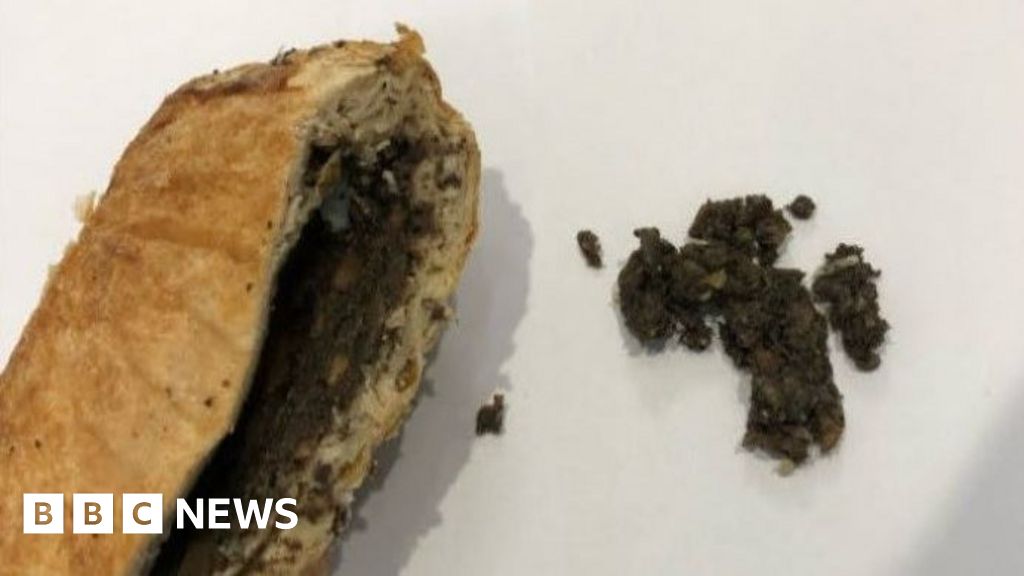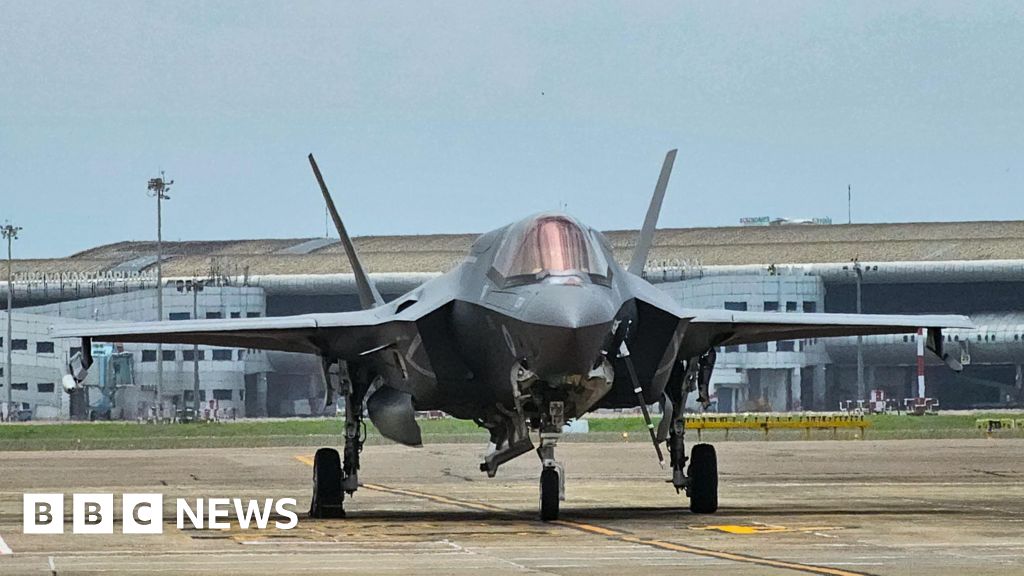How can artificial intelligence (AI) be used to advance mapping and imaging methods on other planets? This is what a study presented at the 56th Lunar and Planetary Science Conference hopes to address as a lone researcher investigated using machine learning models to enhance mapping and imaging capabilities from orbital images obtained from the Mars Reconnaissance Orbiter (MRO) Context Camera (CTX), which is currently orbiting Mars.
This study has the potential to help scientists, engineers, and the public better understand the benefits of AI in conducting more advanced science, specifically regarding global images around Earth and other worlds.
Here, Universe Today discusses this incredible research with Dr. Andrew Annex, who is a senior science systems engineer at the SETI Institute, regarding the motivation behind the study, the next steps in developing these machine learning models, and the importance of using machine learning models to improve upon existing methods. Therefore, what was the motivation behind the study?
“The primary motivation behind my work was the desire to accelerate scientific discovery and inquiry and enhance the scientific return from existing Mars datasets,” Dr. Annex tells Universe Today.
“Many studies of Mars start by the simple identification of features on the surface and figuring out where they are. This is typically achieved by a scientist literally looking at images, many hundreds to thousands of images, manually. This process, however, can be very slow and tedious when looking at the surface at moderate to high resolution, as there is simply a lot of ground to cover.”
For the study, Dr. Annex evaluated how current image analysis methods could potentially be improved using machine learning models and tools, including content-based image retrieval (CBIR), OpenAI CLIP (Contrastive Language-Image Pre-training), and cloud computing architecture. The purpose of CBIR is to take a starting image and scan a database for similar images by scanning the image content.
OpenAI has become a leading research company with the goal of enhancing AI to benefit humanity in our everyday lives, with ChatGPT arguably being its most used and well-known model. OpenAI CLIP is a machine learning model designed to learn how to compare images and text while dealing with large datasets.
Cloud computing uses a network of remote servers to manage large amounts of data, including mobile technologies, databases, storage, applications, and more.
In the end, Dr. Annex successfully used machine learning models to analyze global CTX mosaic images on Mars, including search and identification of specific image similarities across the Red Planet. While noting this research could open doors for improvements, including specific search queries, Dr. Annex emphasized that machine learning models could be used on planetary surfaces across the solar system.
“What I built, in the end, is a basic visual search engine that makes it possible to search the surface of Mars at the pixel resolution of CTX,” Dr. Annex tells Universe Today.
“The work isn’t a single model answering a specific question that is typically seen in other ML [machine learning] research in planetary science. It’s an application of software (and machine learning) to make it possible to search the data quickly for many different things rapidly.”
The first image from a Mars orbiter occurred on July 15, 1965, by NASA’s Mariner 4 spacecraft, which returned strips of code that scientists and engineers colored based on the code number, along with returning the first black and white orbital image on July 16.
That historic mission revealed that Mars was not the watery and tropical landscape that scientists dreamed about since Percival Lowell declared Mars to have living inhabitants in the early 20th century.
Since then, Mars orbiters from several nations have sent back incredible images of the Red Planet, revealing a world that once held oceans and rivers of liquid water possibly billions of years ago.
Due to the tireless work of these robotic explorers, the entire surface of Mars has been imaged, and some in incredible detail, by NASA’s Context Camera and High Resolution Imaging Science Experiment (HiRISE) camera, respectively. Therefore, what is the importance of using machine learning models to improve upon existing image analysis methods for Mars?
Dr. Annex tells Universe Today, “I think the importance is that, over the past 25+ years, while computing power has increased, so has the amount of data we have to look at to answer our scientific questions, but also our speed at using this data has not accelerated. Existing techniques have not kept pace because these techniques aren’t necessarily computational, but conventional and critical by-eye image analysis and geologic interpretation.
“Many revolutionary scientific discoveries for Mars occurred when seeing the surface at a higher resolution than was available before. But now different, important questions about Mars can now be asked with a complete picture of the surface that the CTX global mosaic provides.
“But seeing the whole surface at 5 meters per pixel isn’t achievable for a single individual. Again, it’s simply a lot of area to look at and hold in your mind. Machine Learning is important not just for speed, but perhaps more critically for flexibility in the task you are automating in ways that conventional computational image analysis isn’t practical for or are simply too slow for given the amount of data you need to examine and the time available.
“I don’t see machine learning replacing all image analysis, but I see it as another tool in the toolbelt. One that can be used to complement and enhance existing methods and analysis.”
More information:
A. M. Annex, et al. Mars in Focus: Scalable AI Unlocks Global Image Search and Mapping. www.hou.usra.edu/meetings/lpsc2025/pdf/2064.pdf
Citation:
Advancing Martian geology mapping with machine learning tools (2025, May 16)
retrieved 16 May 2025
from
This document is subject to copyright. Apart from any fair dealing for the purpose of private study or research, no
part may be reproduced without the written permission. The content is provided for information purposes only.

















